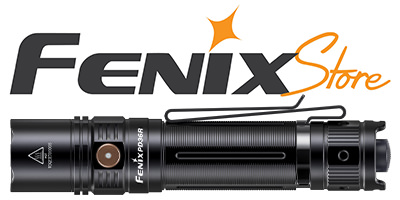rlhess
Enlightened
Hi,
I have been bothered by the claims of 1MCP in spotlights and other high claims in flashlights. I keep wondering how they measure these.
I set up a test tonight with my UKE SL6. We do know from the IES handbook that beams don't necessarily form in the first foot or two so I've taken to measuring bigger lights at 10 feet.
Anyway, I measured my SL6 at 10 feet and at 50 feet. Interesting, I got 110 fc at 10 feet and 4.37 fc at 50 feet. If you multiply 110*10*10 you get 11,000 cd. If you multiply 50*50*4.37 you get 10,925 cd.
Of course the 10*10 and 50*50 represents distance squared (10^2 or 50^2).
So with the Brinkmann measuring 65,000cd and the Vector measuring 100,000cd how can these be 1,000,000 cp (cd)?
I find the same thing with Mag lights (but not quite as bad--not 10:1).
I'm still trying to figure out the mechanism these people use.
I can think of one--but I want to give them the benefit of the doubt.
Cheers,
Richard
I have been bothered by the claims of 1MCP in spotlights and other high claims in flashlights. I keep wondering how they measure these.
I set up a test tonight with my UKE SL6. We do know from the IES handbook that beams don't necessarily form in the first foot or two so I've taken to measuring bigger lights at 10 feet.
Anyway, I measured my SL6 at 10 feet and at 50 feet. Interesting, I got 110 fc at 10 feet and 4.37 fc at 50 feet. If you multiply 110*10*10 you get 11,000 cd. If you multiply 50*50*4.37 you get 10,925 cd.
Of course the 10*10 and 50*50 represents distance squared (10^2 or 50^2).
So with the Brinkmann measuring 65,000cd and the Vector measuring 100,000cd how can these be 1,000,000 cp (cd)?
I find the same thing with Mag lights (but not quite as bad--not 10:1).
I'm still trying to figure out the mechanism these people use.
I can think of one--but I want to give them the benefit of the doubt.
Cheers,
Richard

